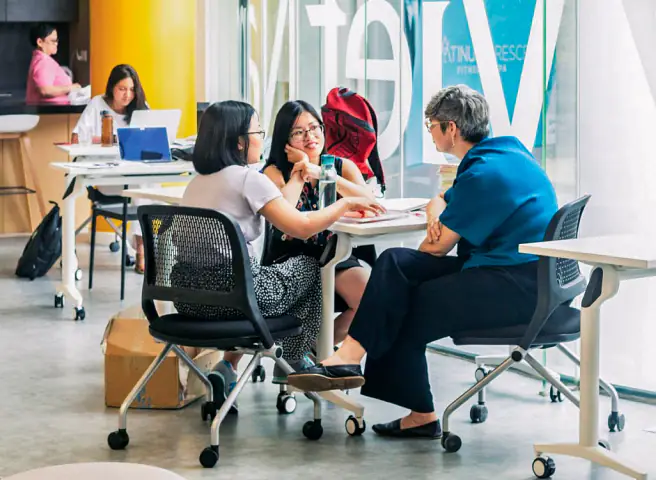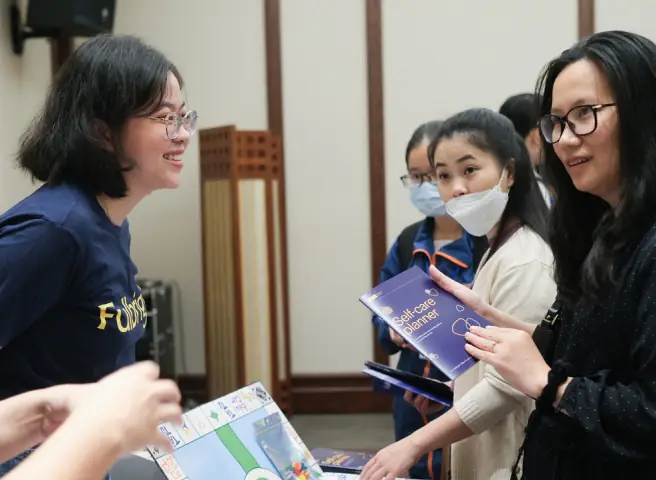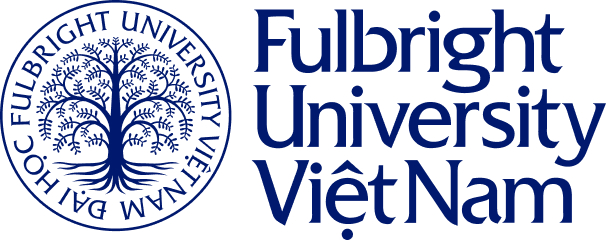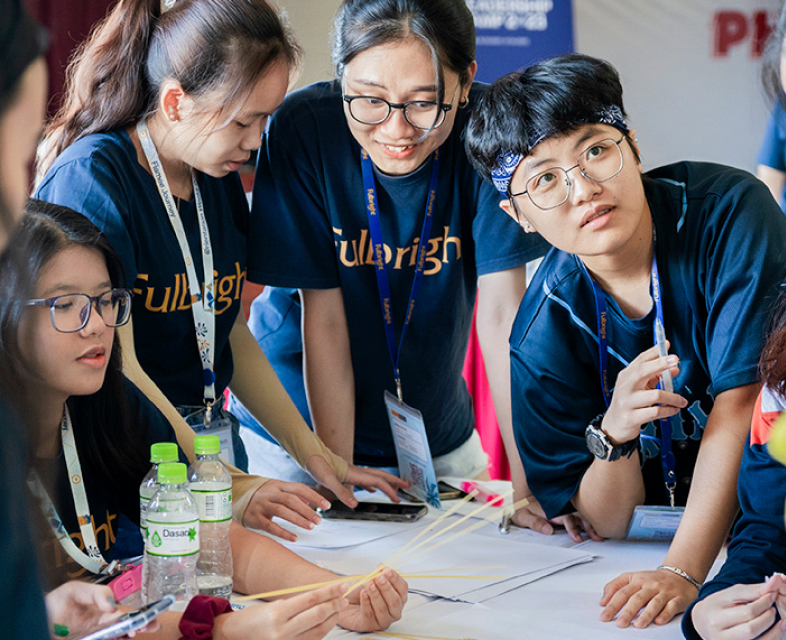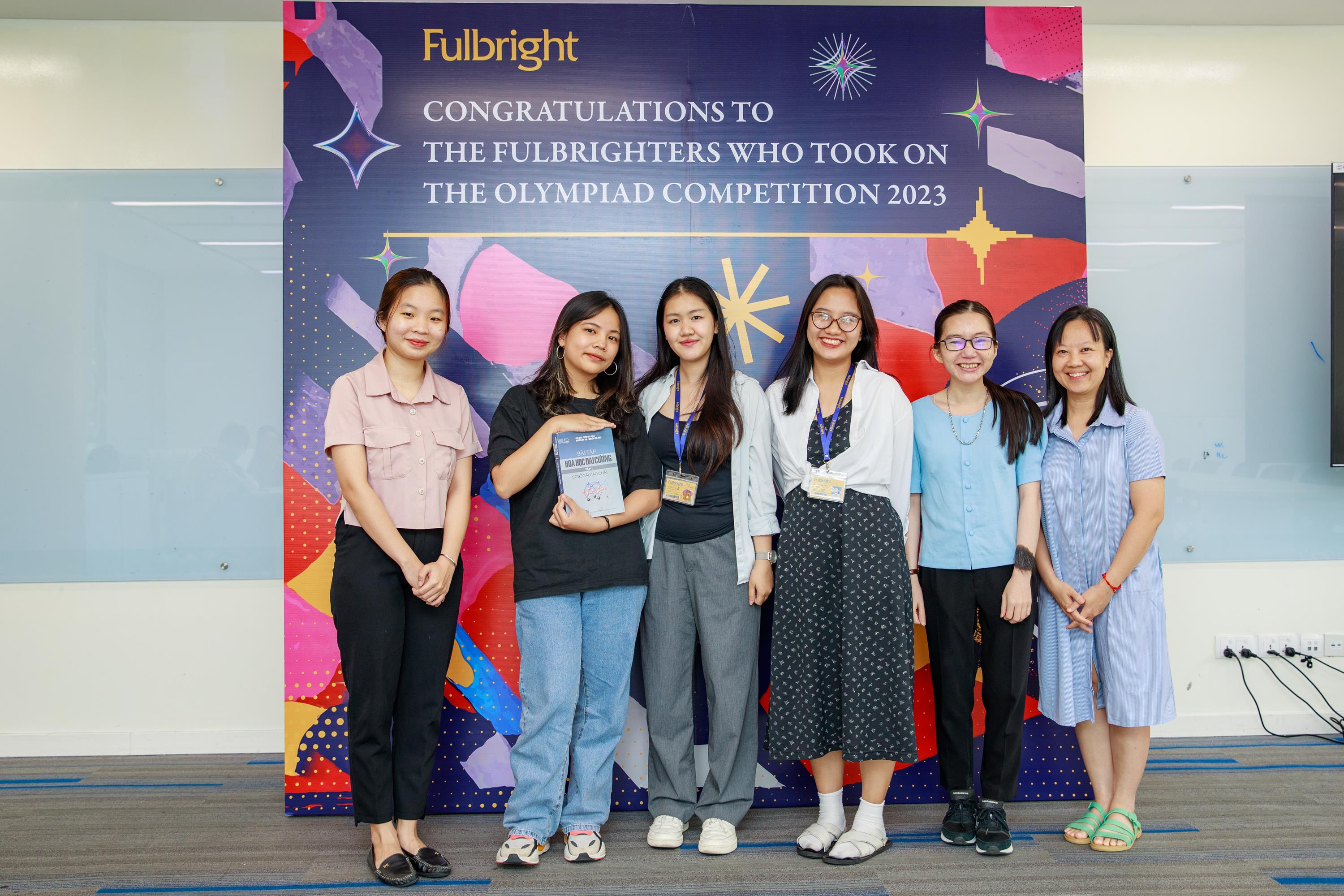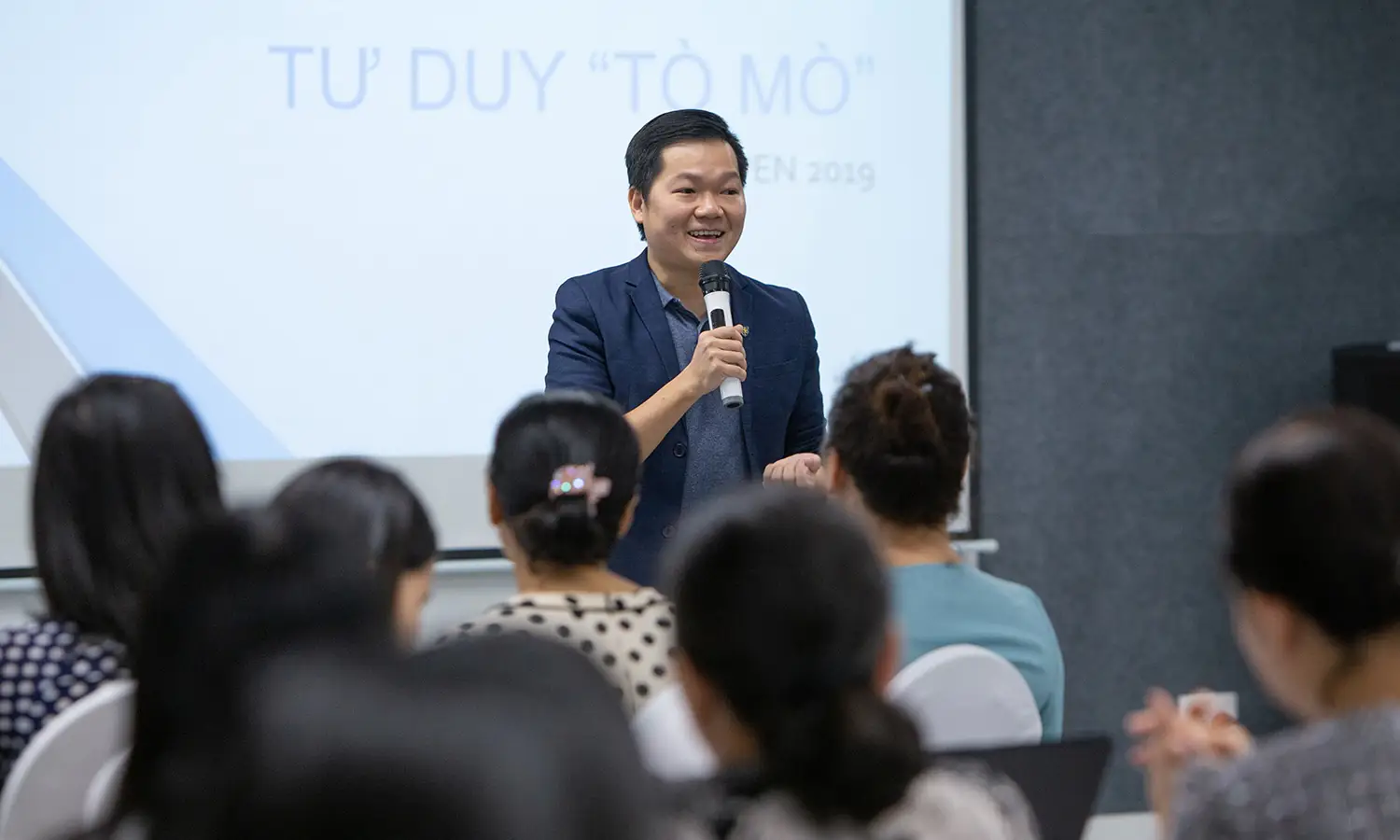
“Throughout my many years working with students, I have always been struggling with a question: ‘What have my colleagues and I done to the kids to make them count every second until the class is over???’ PEN answered that it is because we teachers always bring “answers” to children’s curiosities. The solution to a problem, an explanation for a physical phenomenon, an exemplary essay for a verse… All this time, it turned out that we had been asking closed questions to our students.”
That was the story of Ms. Ngo Mai Huong, a teacher at Wellspring High School (Hanoi), after attending a training seminar of PEN (Pioneering Educators Network), co-operated by Fulbright University Vietnam and the Innovative Education Group Foundation (IEG). Ms. Huong is one of 100 teachers who role played as a “student” to experience a teaching method specially designed to induce curiosity, from Dr. Nguyen Chi Hieu himself (CEO of IEG).
Pedagogical research, not only in Vietnam but also in the US, shows that students often fall into a state of fatigue and passivity during classes, a huge change from the first years of school when children always ask questions constantly. As time goes on, they become less likely to ask questions in class.
“Research by neuroscientist Dr. Allyson Mackey (University of Pennsylvania – USA) shows that there is not a single child who is not curious. They just weren’t curious yet or not allowed to be curious,” emphasizes Dr. Nguyen Chi Hieu. According to the education specialist, it is always with questions that curiosity begins. Therefore, a competent teacher should know that to ask good questions is to ask stimulating questions, that fostering this mindset is more important than focusing on correcting answers. In short, the better pedagogical questions are, the more curious students become, and the more they ask.

Dr. Nguyen Chi Hieu – CEO of IEG
Stuart Firestein from University of Columbia, US, a renowned neurobiologist most famous for his claim that ignorance, not knowledge, drives science said that a good question can lead to a number of answers. It inspires exploration and long-term research, leads to unexpected solutions, creates new fields and spark breakthrough changes in subconscious thinking. On the contrary, answers often terminate the process.
Dr. Nguyen Chi Hieu also brought forth a study by the University of Pennsylvania which hints at the existence of neurological pathways dedicated to curiosity in the human mesocorticolimbic system. The study therefore suggests that the more curious students are, the better they can reinforce these pathways, connect with knowledge, and focus on learning. Logical reasoning, creativity, persistence, and curiosity are four abilities that adapt depending on how brains are encouraged to grow, changing in accordance to the pedagogical methods a student experiences from childhood to adulthood. “If students do not ask questions stemming from their urge to explore, no learning will take place,” concludes Dr. Chi Hieu.
It was agreed amongst teachers attending the seminar that the breadth of imagination and curiosity a student demonstrates goes down sharply by the time they go through high school, a bleak observation attributed in part to a system and methods that do not nurture such qualities throughout their school years. Teachers need skills that will stimulate and maintain student imagination and curiosity.

The questioning process is the thinking process.
The importance of asking questions
Dr. Chi Hieu kicked off with a simple exercise, asking participants to answer the following question in three minutes: “What does a tree need to grow?” The teachers, now playing the part of students, gave a series of answers such as soil, water, oxygen, air, fertilizer, etc. When Dr. Chi Hieu compared their answers to the students’, participants were amazed at how good the students’ answers were. Not only could students provide more answers, they further reached beyond the standard answers, with imaginative replies such as care, rocks (to protect trees), music (to nurture spiritual development), time, temperature, sticks (to support and prevent the tree from falling), weather, insects (for pollination), humidity, the right habitat, etc.
The questioning process is the thinking process. Questions usually encourage convergent thinking as students are prompted to explain, describe, summarize, compare, and contrast, narrowing down multiple ideas into a single solution. But divergent thinking, which expands outward by generating multiple ideas and original solutions, greatly improves academic achievement and increases confidence, helping learners better cope with challenges and stress. This should be activated so frequently that it becomes second nature.
There are many types of questions that teachers can adapt and apply in situations. A closed question can require a single correct answer from the student, but it only forces the student to recognize, memorize and memorize. Example: What color is indigo?
A closed question can also demand a correct answer but require analyzing and combining data, forces students to think to identify, memorize, and analyze. For example: According to the passage, what does indigo mean?
Meanwhile, an open-ended question with multiple possible answers forces students to think in a way that searches for alternatives. Such as: When you see indigo, what else will you feel?
Open questions can also prompt independent and self-evaluated responses, forcing students to think critically of their choices. For instance: Would you like to live in a world without color? Why?
The expert educator described three important methods to encourage students to ask questions: model an effective questioning process, demonstrate how to vocalize one’s thinking process, and show students how to formulate questions that can lead to more questions.

After showing to participants a 30-second video about tides, Dr. Hieu posed a question he once asked of 7th graders: “Do you have any questions?”, suggesting the teachers try to formulate them together. Everyone was stunned when Dr. Hieu introduced the 18 “brain-twisting” questions those 7th graders had come up with. Some admitted they could not have thought of such tricky questions. For example, what role do moon phases play with tides? Why does the tide change so much in some places but not in others? How does the rotation of the earth cause the tide to change? How do fish and underwater creatures survive everchanging tides? If the moon disappears, will there still be tides?
Ms. Ngo Mai Huong confirmed that the nature of stimulating and nurturing curiosity is to accept there is no all-encompassing answer. Once we reach a final answer, we lose the motivation to learn more, especially if everything is categorized in right or wrong answers.
“The process is the most important, one where students come up with their own answers. Teachers have to dare let their students explore freely, asking questions outside the box on topics they are interested in. Instead of starting with the question ‘What is a tide?’, Let the children see that phenomenon and ask themselves about it in different ways. That’s when they think and explore,” Ms. Huong commented.
What to do if some students will not ask questions?
If a student doesn’t have any questions about the lesson, what should the teacher do? One of the techniques Dr. Nguyen Chi Hieu encourages teachers to practice is asking as many questions as possible, replacing all statements (if any) with questions. Teachers should also not criticize, comment on, or discuss the students’ questions. In addition, all closed questions (yes/no) should be turned into open questions. Teachers need a strategy for finding answers, and understand what information they will need to be prepared. An important question for teachers themselves is, do they know more about these “students that won’t ask questions”?

Dr. Chi Hieu presented a problem that asked students to try to calculate quickly: 24 =:) +:) + :). It is not difficult to find out immediately the answer is 8. But it doesn’t stop here, the question continues: Do you have any questions about this problem? The 4th graders posed dozens of reverse questions that made the teachers go dizzy: Why did the number 24 appear first? Why only 3 smiley faces? Do the numbers have to be the same because the 3 smiley faces are the same? Why must it be a smiley face? Can I replace it with another drawing? Do all 3 smiley faces have the same meaning? What does the smiley face mean? Could any other number replace 24? These questions from students indicate that they are very much inquisitive and thoughtful.
Therefore, curiosity is measured through questions, and the intensity of the students’ exploring and questioning. Curiosity is tied to the nervous system and connects with interest levels, memory, attention, and decision-making. Curiosity increases when students encounter surprise or epiphanies. Students who periodically listen to thoughtful questions, play and experience a lot, will feel more motivated, experience reduced pressure, and will become more curious.
One participant admitted he felt guilty after realizing that in his teaching, there were times when he accidentally deterred student curiosity with closed questions and fixed answers.
According to Dr. Allyson Mackey, sometimes memorizing the theories and solving sample problems can get you perfect grades or prizes. Although those skills can be useful at times, they may not be as important as fostering the ability and habit to learn on one’s own, thinking critically and curiously. Because theories seen as true today can be amended or corrected tomorrow, and things we memorized can be forgotten over time; skills that are useful today can be impractical in the future. Forcing technical, formulaic knowledge on students can inhibit their creativity.
She reaffirmed that learning skills and thinking habits are not easily broken as long as teachers help students build them up, little by little, every day. The little things children learn stay forever. When they grow older and join school, they will have to search for the answers themselves even though there isn’t always a clear right or wrong answer. How many real issues are inherently so black and white? What students really need to learn is self-reflection and independent thinking. Reflecting is the door to inquiring, reading, learning, and understanding, so they can go and take on the world. Anything is possible.
Xuan Linh
